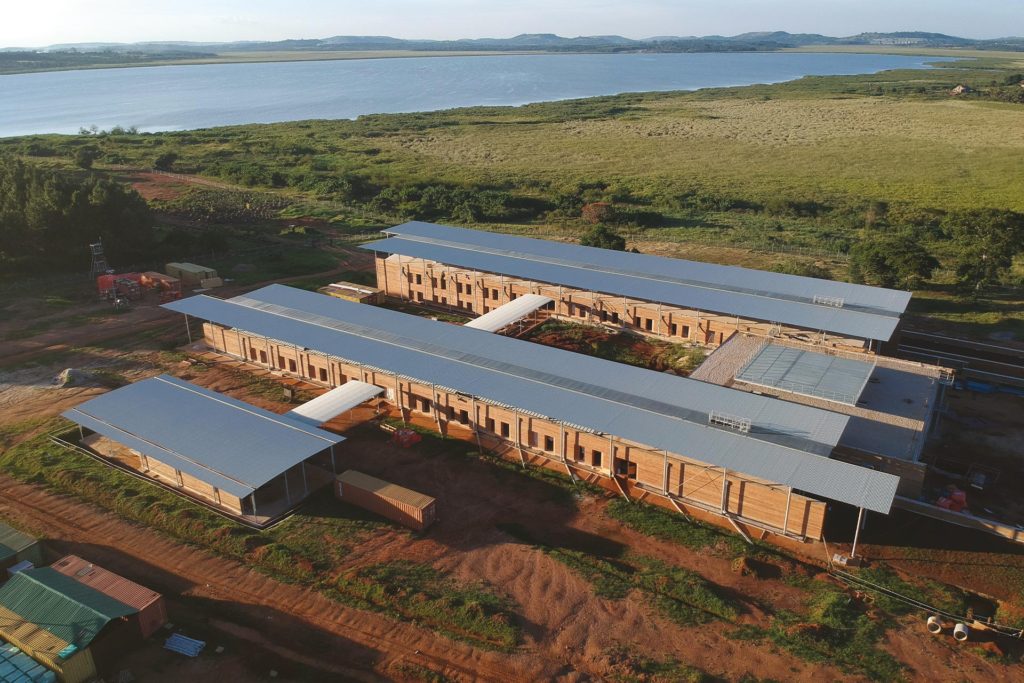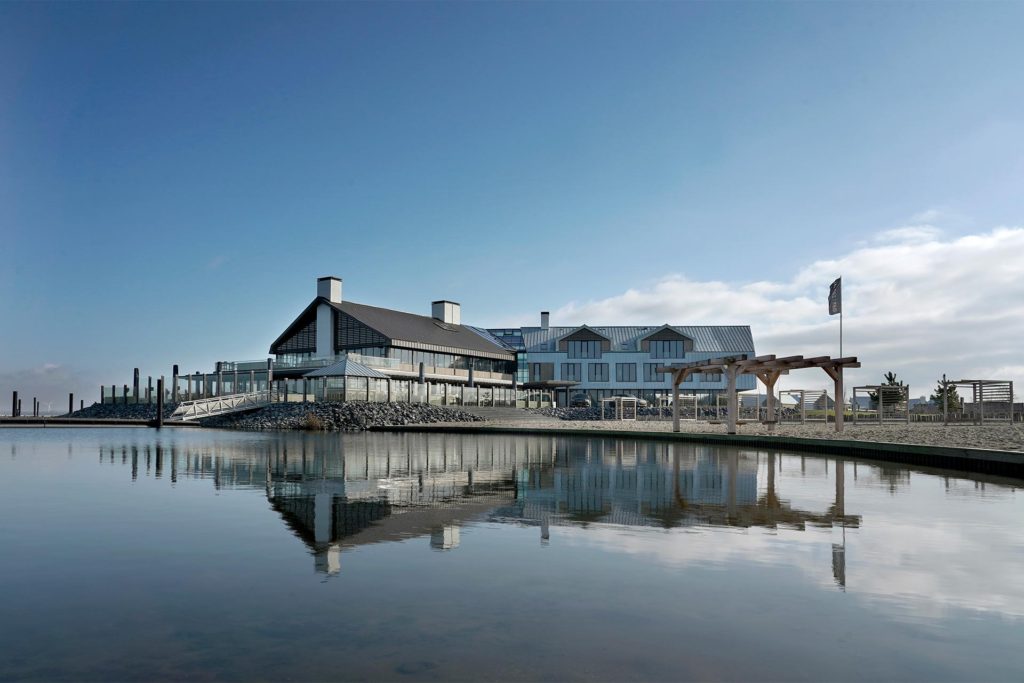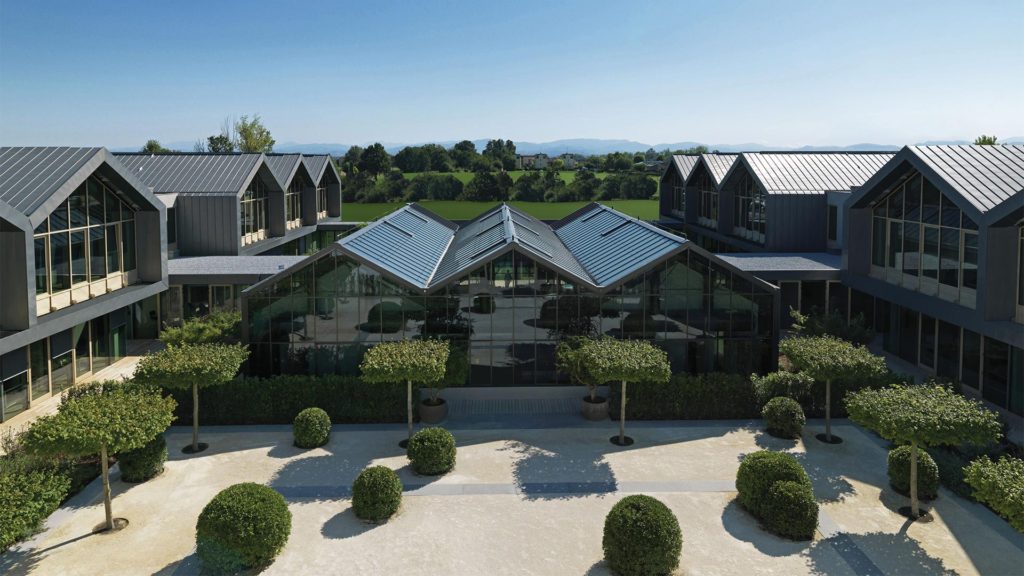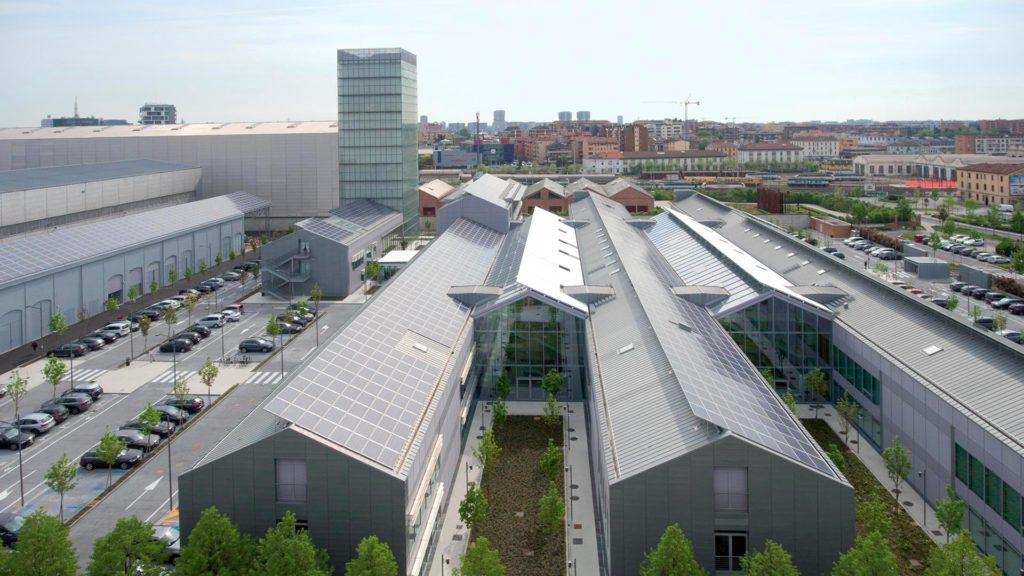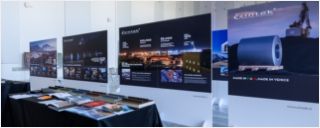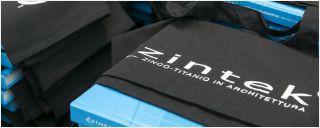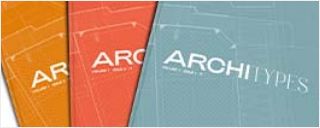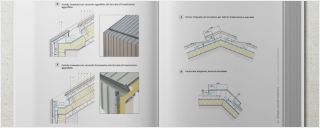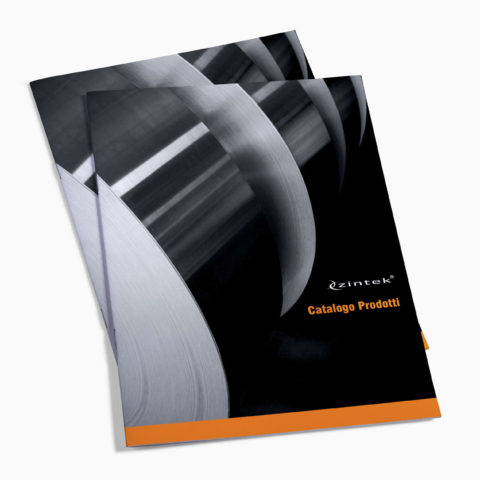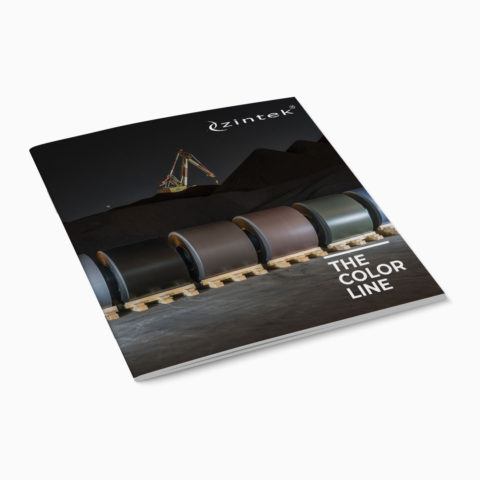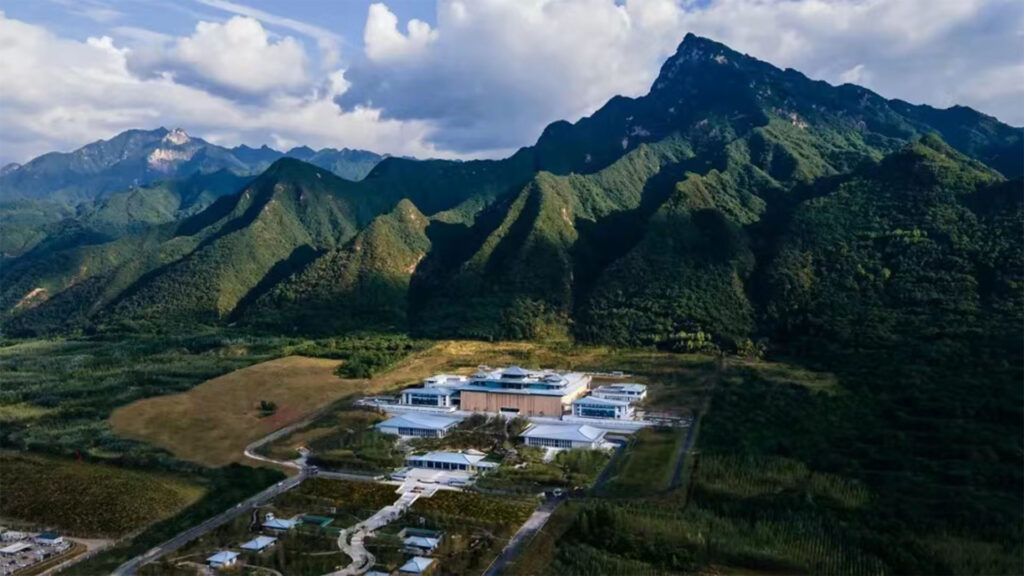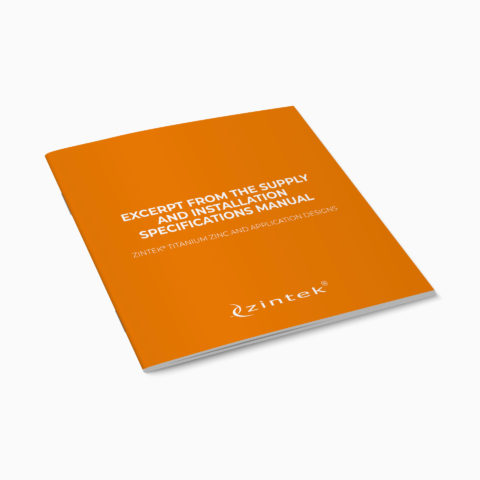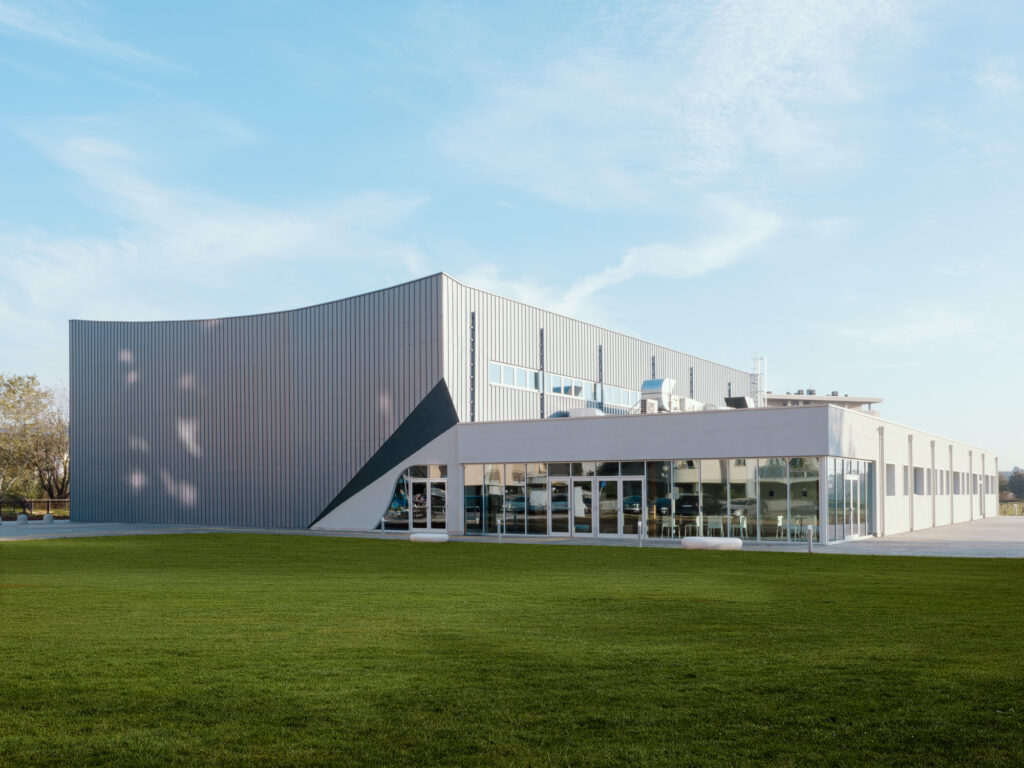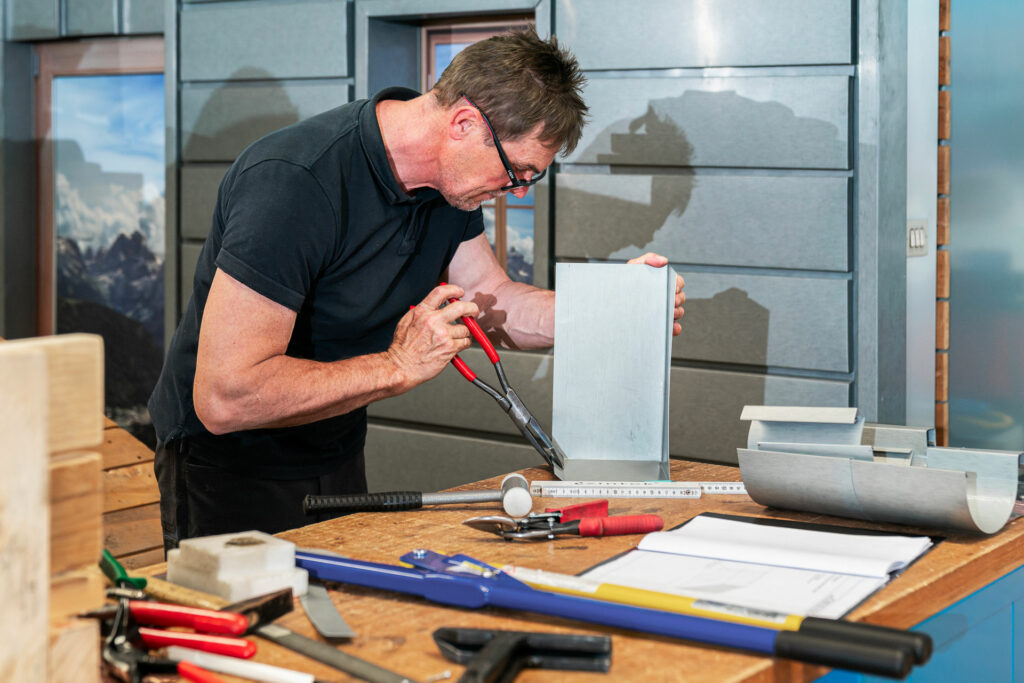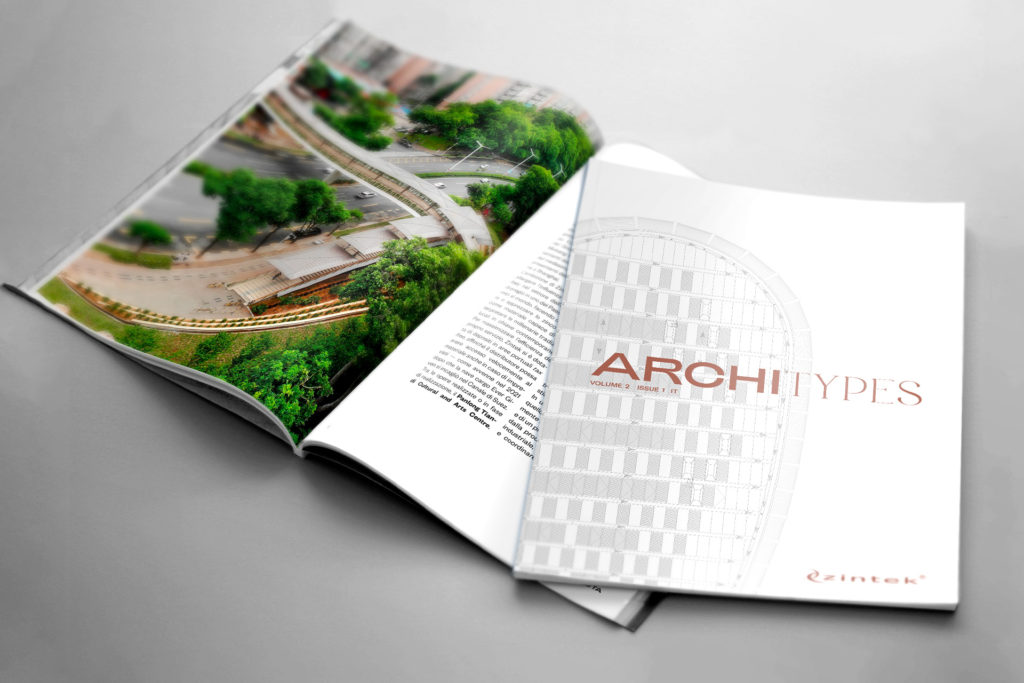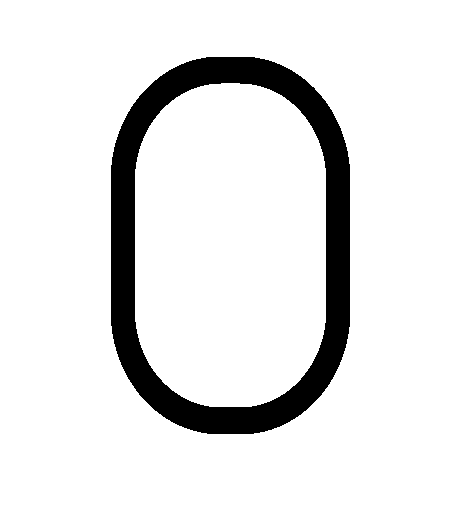TECHNICAL FILE OF ROLLED ZINC-TITANIUM ZINTEK® PRODUCTS
—
zintek® is a high quality Zinc-Copper-Titanium alloy, fully compliant with European standard EN 988 “Zinc and Zinc alloys” requirements for rolled flat products for the construction industry.
This standard outlines the requirements for flat rolled products made of Zinc-Copper-Titanium alloys used in buildings and supplied in the form of coils, sheets or strips.
The alloy must be produced from Z1 quality 99.995 Zinc according to European standard EN 1179, with the addition of alloying elements.
zintek® material standard: UNI EN 988 – COMPOSITION IN %
| MIN | MAX | ||
| Cu | 0,08 | 1 | |
| Ti | 0,06 | 0,2 | |
| Al | — | 0,015 | |
| Zn | — | — | remainder |
| Z1-quality zinc | |||
Z1 quality zinc
The alloying components improve the characteristics of the zinc laminate:
Titanium increases resistance against permanent deformation over the course of time;
Copper increases the tensile strength of the material.
The combination of the two decreases the expansion coefficient of the alloy.
zintek® material standard: UNI EN 988 – MECHANICAL CHARACTERISTICS
| Offset from proportionality unit load | 0.20% | Rp 0.2 | N/mm2 | min 100 |
| Tensile strength | Rm | N/mm2 | min 150 | |
| Elongation percentage after break | A50 mm | % | min 35 | |
| Sliding elongation percentage | % | max 0.1 | ||
| Minimum hardness | HV 45 |
Primary Zinc UNI EN 1179 Standard
| Type classification | Nominal zinc content | 1 max Pb |
2 max Cd |
3 max Fe |
4 max Sn |
5 max Cu |
6 max Al |
Total of elements 1-6 max |
|---|---|---|---|---|---|---|---|---|
| Z1 | 99.995 | 0.003 | 0.003 | 0.002 | 0.001 | 0.001 | 0.001 | 0.003 |
| Z2 | 99.990 | 0.005 | 0.005 | 0.003 | 0.001 | 0.002 | – | 0.005 |
| Z3 | 99.950 | 0.030 | 0.020 | 0.020 | 0.001 | 0.002 | – | 0.050 |
| Z4 | 99.500 | 0.450 | 0.050 | 0.050 | – | – | – | 0.500 |
| Z5 | 98.500 | 1.400 | 0.050 | 0.050 | – | – | – | 1.500 |
Physical and technological characteristics
| DESCRIPTION | MEASUREMENT UNIT | VALUE |
| Density | Kg/dm3 | 7.14 |
| Melting point | °C | 419 |
| Specific heat at 20 °C | kJ/Kg °C | 0.401 |
| Thermal conductivity at 20 °C | W/m °K | 109 |
| Electrical conductivity at 20 °C | m/ohm mm2 | 17 |
| Thermal expansion coefficient in parallel direction to the lamination | mm/m °C | 0.022 |
| Thermal expansion coefficient in transversal direction to the lamination | mm/m °C | 0.017 |
| Re-crystallization limit | °C | > 300 |
| Elasticity modulus | N/mm2 | > 80,000 |
| Erichsen value | mm | 07-set |
| Bend test 180° at 20 °C in longitudinal direction | n° | 3 minimo |
| Bend test 180° at 20 °C in transversal direction | n° | 5 minimo |
| Rigidity | % | 40-55 |
| Nonmagnetic | ||
| Non-combustible |
Calculation of masses
| NOMINAL THICKNESS
mm |
APPROXIMATE MASS Kg/m2 |
| 0.6 | 4.3 |
| 0.65 | 4.7 |
| 0.7 | 5 |
| 0.8 | 5.8 |
| 1 | 7.2 |
Lifespan
| DURATA ZINTEK® IN DIVERSI AMBIENTI | |
|---|---|
| ENVIRONMENT | DURABILITY |
| Countryside | 100+ years |
| Industrial city | 60 years |
| Industrial cluster | 40 years |
| Seaside city | From 40 to 60 years |
Supply
ZINTEK® IN STRIPS
The zintek® coils with an internal diameter of 508 mm, on an inner cardboard roll with or without protective film, appropriately packaged, stored on special wooden pallets to enable easy handling until they are used.
| Width of the coils |
|---|
| 125 mm |
| 200 mm |
| 330 mm |
| 410 mm |
| 500 mm |
| 550 mm |
| 570 mm |
| 620 mm |
| 670 mm |
| 1,000 mm |
| 1,250 mm |
ZINTEK® IN SHEETS
zintek® is cut in perfectly flat sheets on wooden pallets strapped and protected by waterproofed paper on the bottom and cardboard on the top.
| Sheet formats |
|---|
| 1,000 x 2,000 mm |
| 1,000 x 3,000 mm |
| 1,250 x 2,000 mm |
| 1,250 x 3,000 mm |
| Available thicknesses for strips and sheets |
|---|
| 0.60 mm |
| 0.65 mm |
| 0.70 mm |
| 0.80 mm |
| 1.00 mm |
Different thicknesses, up to 2.00 mm, can be supplied on request.
NB: The titanium-zinc zintek® strips, sheets and profiles with a minimum thickness of 0.70 mm are used for roof claddings, connection sheet metal work, water collection gutters, façade claddings, façade connections and suspended ceilings.
| Dimensional tolerances | |
|---|---|
| Thickness | +/-0.03 mm |
| Width | 0/+2 mm |
| Length | 0/+10 mm |
| Straightness | ≥ 1.5 mm/m |
| Flatness | ≥ 2 mm/m |
Indications for managing supply lots with pre-weathered and colored surfaces
It is normal for the production lots of titanium-zinc zintek® to have slight surface color variations (hues / shades). For this reason, we recommend using strips and sheets from the same lot for each project.
For every coil ordered, you can request a sample in A4 format from the same roll to check the chromatic uniformity of the supply; the samples must be examined and used to manage the lots and the strips applied in the projects in order to avoid differences in shades.
Control
Control documents
At the buyer’s request, at the time of the order the manufacturer must issue a control document pursuant to EN 10204, based on tests for the batch supplied, or statistical quality control measurements, as specified by the buyer.
Designation
The designation system requires the product denomination (Zn Ti Cu), the European standard number (EN 988), the required nominal thickness (e.g. 0.70 mm) and the nominal width in mm or nominal length in mm (in the case of sheets).
Marking
Unless agreed otherwise, the marking must specify:
• the name of the product;
• the European standard number (EN 988);
• the casting and/or roll number;
• the product name or trademark.
CE marked zintek® products:
| Cod. Prod. | Descrizione | Norma | Etichetta CE | Tipo DOP | Specifiche Tecniche |
|---|---|---|---|---|---|
DOP.A01 | Natural zintek® in slabs | UNI EN 14783 | |||
DOP.A02 | Natural zintek® in slabs | UNI EN 14783 | |||
DOP.A03 | Shaped natural zintek® rolled products | UNI EN 14783 | |||
DOP.A04 | Natural zintek® tinsmithery accessories | UNI EN 14783 | |||
DOP.A05 | Natural rolled zintek® | UNI EN 14783 | |||
DOP.A06 | Natural perforated zintek® | UNI EN 14783 | |||
DOP.B01 | Pre-weathered zintek® in slabs | UNI EN 14783 | |||
DOP.B02 | Pre-weathered zintek® in coils | UNI EN 14783 | |||
DOP.B03 | Shaped pre-weathered zintek® rolled products | UNI EN 14783 | |||
DOP.B04 | Pre-weathered zintek® tinsmithery accessories | UNI EN 14783 | |||
DOP.B05 | Pre-weathered rolled zintek® | UNI EN 14783 | |||
DOP.B06 | Pre-weathered perforated zintek® | UNI EN 14783 | |||
DOP.C01 | zintek® The Color Line in slabs | UNI EN 14783 | |||
DOP.C02 | zintek® The Color Line in coils | UNI EN 14783 | |||
DOP.C03 | zintek® Shaped The Color Line rolled products | UNI EN 14783 | |||
DOP.C04 | zintek® The Color Line tinsmithery accessories | UNI EN 14783 | |||
DOP.C05 | zintek® The Color Line rolled | UNI EN 14783 | |||
DOP.C06 | zintek® The Color Line perforated | UNI EN 14783 |
Surface appearance
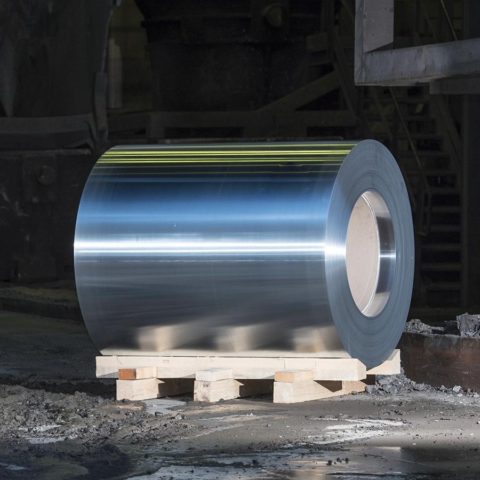
The natural look of zintek® is a glossy grey laminate, smooth and shiny.
When exposed to the weather, the surface covers with a self-protecting layer, which remains stable over time and lends the surface a natural aged look, with a pleasant grey slate appearance.
The oxidation process of zintek® material may change the chromatic coordinates of the surface unevenly, resulting in areas with different shades of grey. This is just a transitional process that will terminate with a pleasant uniform colouring of the entire surface.
The natural appearance of the laminate can be changed with special surface treatments, without altering its corrosion resistance requirements.
Behaviour
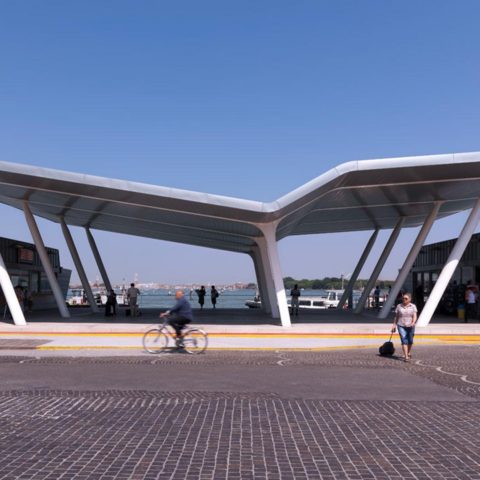
Behaviour with exposure to weather and resistance against corrosion
The protective layer that forms when zinc comes into contact with oxygen and water consists of a layer of basic zinc carbonate, which protects the metal. This is the natural protective process of zinc, which ensures the durability of the product over time.
Behaviour with changes in temperature conditions
The laminate is not affected by temperature changes following its processing and installation. Its melting point is around 419° C, with a recrystallization limit of 300° C, an essential factor for brazing. It is non-combustible and resistant to ultraviolet rays, with no known wind-caused erosions.
Reaction to chemical action
Contact with acids and alkaline substances must be avoided.
Reaction to electrochemical action
When they come into contact with one-another, different metals can sustain damage due to their difference in potential. zintek® laminate should never come into contact with copper and its alloys (brass), whether directly or indirectly, e.g. via rainwater flowing through copper covers or parts to other parts made of zintek® laminate.
Corrosion resistance
Constant and rigorous lab tests allow to monitor the resistance characteristics against corrosion of products deriving from the treatment process.
The tests concerning atmospheric oxidation resistance, conferred by the surface treatment, are carried out in a saline mist chamber, in compliance with standard ASTM B 11, and in a humidity chamber, in compliance with standard ASTM D 2247.
Workability
Given its physical and chemical properties, the zintek® material possesses high levels of ductility and malleability, making it suitable for any tinsmithery applications.
The laminate must not be used at a temperature below 10° C. Good practice requires that processing take place only after allowing the temperature of the laminate to cool to the minimum specified value. Concerning works carried out during the winter months, it is advisable to follow best practices and to pre-fabricate the elements in a workshop environment, where the temperature conditions are more favourable. For all processes that need to be performed on-site, a slight pre-heating of the laminate can be performed by using hot air ventilation.
Temperature variations occurring after the processing and installation of the laminate have no influence on the product’s behaviour.
Weldability
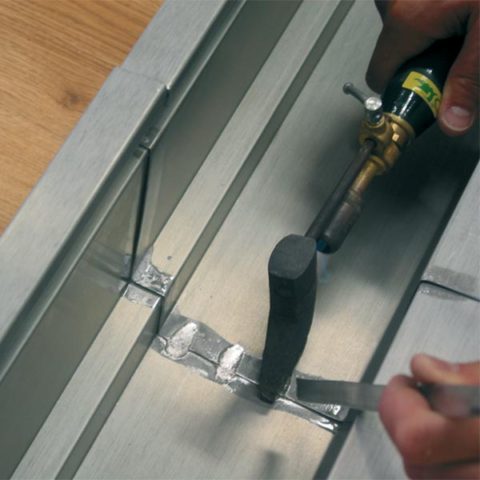
zintek® material has excellent weldability properties, using either traditional methods with a Lead / Tin brazing alloy or more recent TIG or induction techniques.
In cases in which a mechanical joining of zintek® laminate is performed by using screws or nails, the preferred materials are: aluminium, galvanised steel or stainless steel.
Copper and its alloys, such as brass, are not recommended, due to the electrochemical corrosion these materials may cause.
Ecology and Sustainability
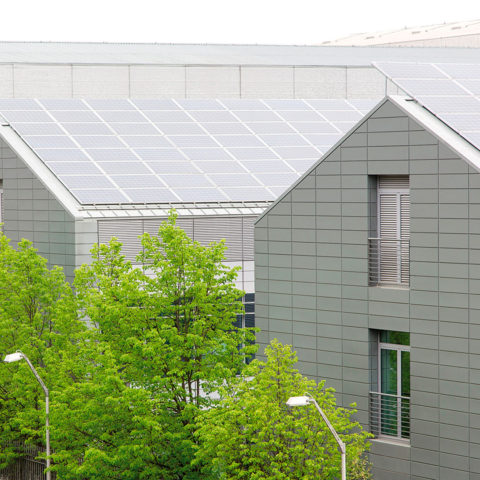
Ecology and the environment
Tests have shown that the transfer of zinc due to flowing rainwater causes no risk to the environment.
Maintenance
Unlike other materials, zintek® requires no maintenance.
Recycling
Zinc used for covering solutions or other types of construction works is completely recyclable and re-usable in a variety of industries, and maintains a high market value even as scrap metal.
Transport
zintek® products must be transported by suitable means only. A dry and ventilated space must be guaranteed for all transport operations. The loading and unloading of vehicles must occur in a dry place and/or under a canopy. Avoid transporting the product on damp, humid pallets. The surface protection should be suited to avoid possible damage.
During the crimping of the pallet, be sure to stand in a stable position, and make sure there is enough space, in order to avoid any damage.
Storage
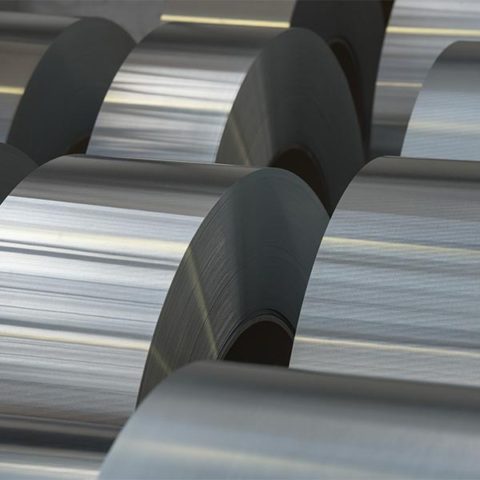
zintek® products must be stored in a dry and well ventilated area. Humidity levels must be checked constantly. Stocked products must be protected against humidity.
Avoid unprotected outdoor storage. Direct covering of the coils or profiles should be avoided, especially if there are no aerated spaces between one item and the next. It is important to prevent the formation of condensation if the temperature drops below the dew point inside the storage area.
ZC type laminate for tinsmithery accessories
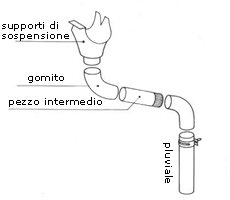
The “ZC” laminate is especially suitable for any application subjected to significant processing stress. For its production, Zinc SHG 99.995 is used exclusively as a raw material, pursuant to standard EN 1179: 95 Z1, with the addition of suitable alloying. Produced by using special laminating processes, it takes on the physical and mechanical qualities which best respond to the specifications requested by users.
This laminate possesses a high ductility rate, and can therefore be elongated significantly, both parallel and transversal to the rolling direction. It also lends itself well to deep-drawing, even when processed cold; it can be bent by 180 degrees without cracking, and folded without breaking. Furthermore, it welds very easily, using both traditional methods and the latest TIG or induction welding techniques. It is especially suitable for the production of all types of tinsmithery accessories.
Possiede un’elevata duttilità e pertanto può raggiungere notevoli allungamenti sia in senso parallelo sia in senso trasversale alla laminazione. Si presta a profonde imbutiture eseguite anche a freddo, si può piegare a 180° senza incrinature e ripiegare senza rotture. Inoltre si può saldare molto facilmente sia con metodi tradizionali sia con le più recenti tecniche di saldatura a TIG o a induzione. È particolarmente adatto per la produzione di tutti gli accessori per lattoneria.

